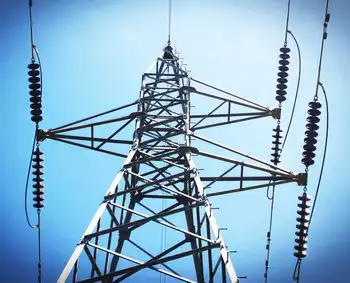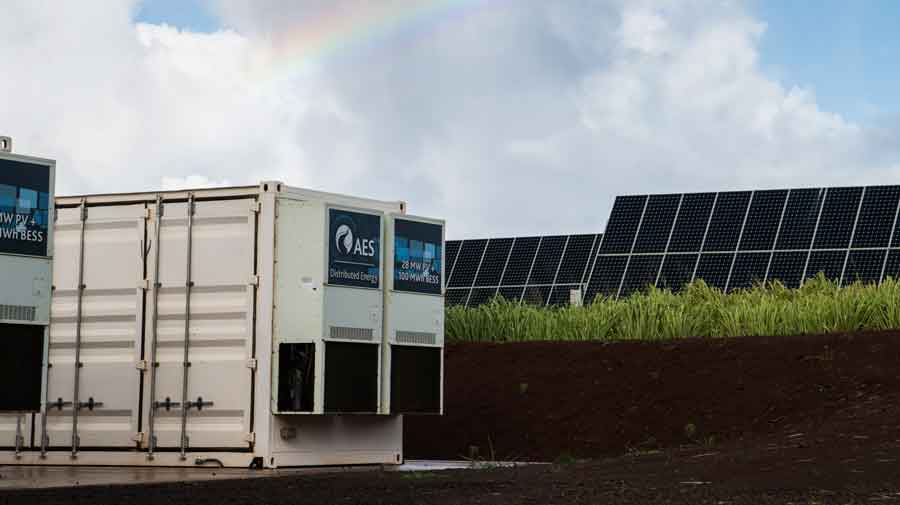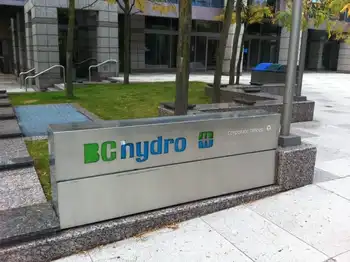Is this the twilight of the coal era?
By New York Times
Arc Flash Training CSA Z462 - Electrical Safety Essentials
Our customized live online or in‑person group training can be delivered to your staff at your location.

- Live Online
- 6 hours Instructor-led
- Group Training Available
Why? Because gas is beginning to replace coal, according to Randy H. Zwirn, president of the Siemens Power Generation Group.
Siemens has announced that it won contracts to supply five new high-efficiency gas plants to Progress Energy at two sites in North Carolina that have old coal-fired generators.
The H.F. Lee Energy Complex, near Goldsboro, has three coal-fired generators that began operating in 1951, 1952 and 1962 respectively. The three coal-fired generators at the Sutton plant, near Wilmington, came into service in 1954, 1955 and 1972.
The six plants are among 11 that Progress owns in North Carolina that do not have sulfur scrubbers. The company has said it will eventually close all 11.
“I think they came to the conclusion with all the uncertainty, and the likelihood that the rules for pollutants like mercury, sulfur dioxide and nitrogen oxides will be further tightened, it’s not worth spending hundreds of millions of dollars on the back end” of an old power plant, Mr. Zwirn said. What is more, in the decades that a new plant would run, there is a possibility that restrictions will be imposed on carbon dioxide emissions, he pointed out.
Per kilowatt-hour generated, the new gas-fired generators will reduce carbon dioxide emissions by 60 percent and nitrogen oxides by 95 percent from levels produced by their coal-fired predecessors. Nearly 100 percent of sulfur dioxides will be eliminated, and all of the mercury, Siemens said.
For most of the past 50 years, utilities have had to decide what to build to meet the growth in load. Yet Siemens says it is building natural gas projects in places that are not expected to need any new capacity until 2018 or 2020, suggesting that many of its projects are intended to replace, not supplement, existing generators.
Many of these plants take only two years or so to build. If they are replacing an old plant that already has land zoned for industrial use and access to the grid and to cooling water, the process is relatively swift.
A few big coal plants are still under construction around the country, and Siemens builds equipment that will be used in some of them. But Mr. Zwirn said that, looking forward, “I don’t know of any negotiations we have currently going on for new coal plants.’’
“Load growth is currently not the driver for new capacity additions,’’ he said. Even in advance of potential legislation limiting emissions of carbon dioxide, he said, “I think we’re beginning to experience the beginning of a fleet restructuring here in the U.S. that’s driven by regulation.’’











